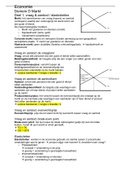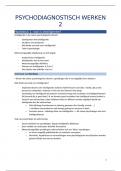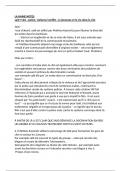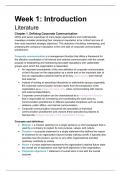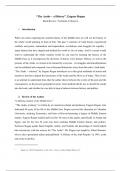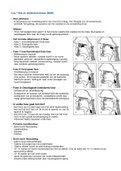Samenvatting
Summary master course functional imaging
- Instelling
- Radboud Universiteit Nijmegen (RU)
Summarized is all the material from the master course functional imaging given within the neuroscience profile. Summary contains text and explaining figures. All lectures, workgroups, and self study is included.
[Meer zien]






